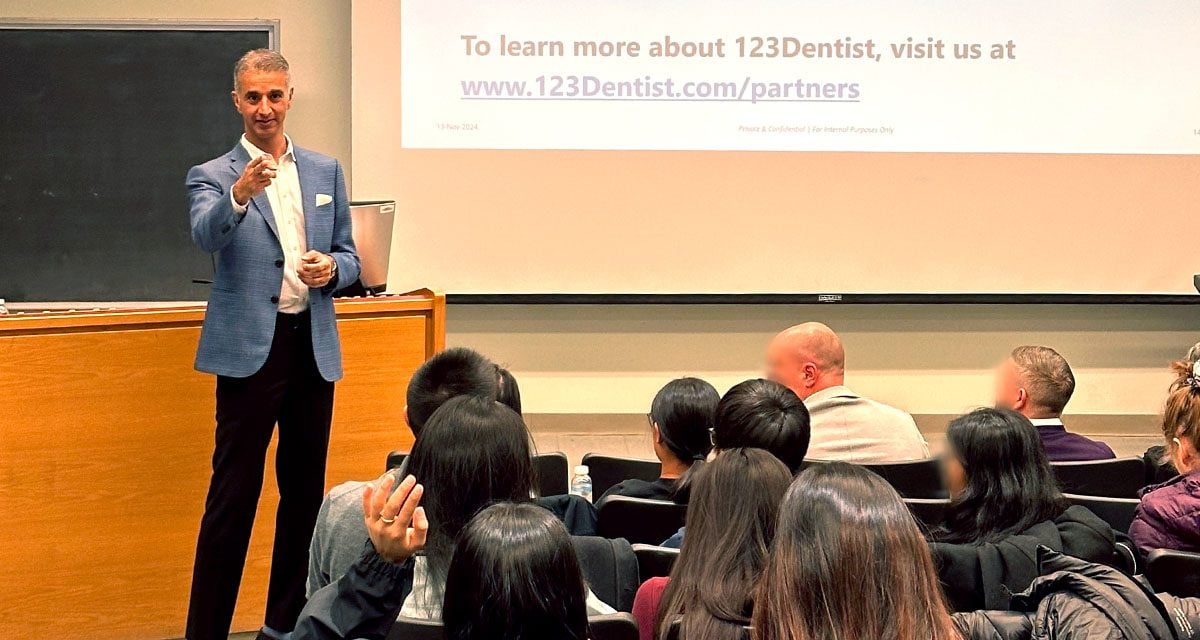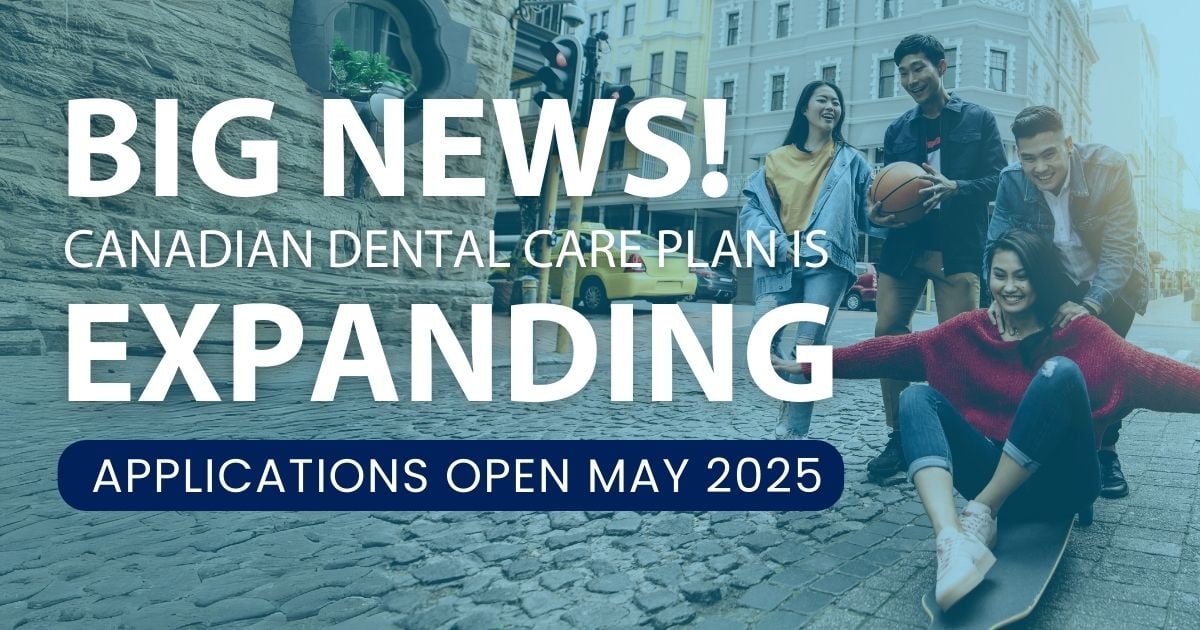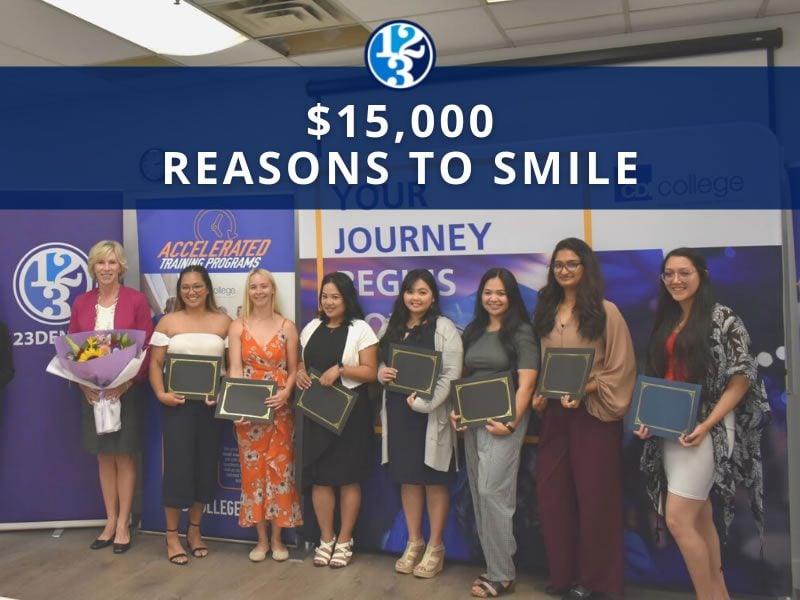Digital Smile Design allows dentists to use the latest advancements in technology to achieve excellence, improve accuracy, and boost communication. Patients also become active participants in their dental treatment plans, becoming co-designers of their new smiles while being able to communicate their needs and wants more effectively with their dental care providers.
To achieve great results, the Digital Smile Design (DSD) platform relies on the latest technologies. Some of the other technologies used for dental improvements include Sinclair, iTero, and VELscope. Comparing the different technologies and providers can help patients determine which option will help them achieve their ideal results during the course of their treatment plan.
Sinclair
Sinclair is a leading provider of dental supplies and equipment, based out of North Vancouver, British Columbia. One of its technologies is three-dimensional cone beam computer tomography (CT), which is making strides on a global scale in the dental world. This type of tomography adds a third dimension to the views taken from a patient, which provides for more accurate diagnosis of dental problems and enables providers to come up with treatment strategies guided by the scan images.
With 3D cone beam CT, it’s easier to place implants accurately and successfully, get an idea of what to expect before performing oral surgery, and evaluate the dimensions and movement within the mouth of a patient. From one scan, a provider will receive unlimited views, including coronal, axial, panoramic, sagittal, cephalometric, cross-sections, and soft tissue. The dose of radiation is also lower than what is issued in a traditional CT scan, making it an excellent option for those who are sensitive to exposure.
Another technological advancement from Sinclair is an intraoral scanner. The use of these scanners is growing very quickly, ensuring efficient integration and coordination between the dental lab and the office. The process of using an intraoral scanner is simple and comfortable for patients. It also reduces the risk of errors made by the clinician who is operating the machine. Options in digital scanning from Sinclair include Straumann (CARES IO), 3Shape (TRIOS), and 3M (True Definition).
Impression and model scanners can meet the various needs of labs and dental clinics. These units use reliable and proven laser triangulation scanning technology. The scanners also have three to five axes of movement and high-speed cameras to deliver improved resolution.
iTero
iTero also offers an intraoral digital scanner, which changed the landscape for dental providers when it launched in 2007. These scanners are easy to use and offer one-person operation, saving time and reducing the need for manpower. The scans produce three-dimensional images, which are more detailed. From the scans, dental professionals can produce models for patients in need of Invisalign, or restorative dental work, such as implants, veneers, and crowns. During the scan, the technician operating the machine can view the images in real time, which ensures the proper views are captured before the process is complete.
Many dental practices use intraoral digital scanners when creating a treatment plan to straighten out crooked teeth. Since the iTero scanner has an open design, it is compatible with the Invisalign system, including the outcome simulator that shows a patient what he or she can expect with this treatment plan.
Although this scanner is a leader in the dental industry, iTero continues to refine its options and offers improved units with the latest features. In the last few years, a scanner was introduced that can capture 6,000 frames per second. It also has a smaller scanning wand and built-in controls.
VELscope
The VELscope is a device used to screen for and to detect the presence of oral mucosal abnormalities. Since these abnormalities could be malignant lesions, early detection and treatment are critical to assist in positive patient outcomes. Many of the lesions are not visible to the human eye, which is why the device is so critical. The VELscope has been used by more than 15,000 dental providers across 23 countries. Its use has greatly enhanced the way clinical providers can detect abnormalities in the mouths of their patients.
Improved Patient Outcomes
The technological advancements in the dental industry have improved outcomes for millions of patients suffering from oral and dental problems. With the increase in visualization and imagery that more effectively shows the layout, dimensions, and the movements within the mouth, dental providers are able to come up with more effective treatment plans. With the Digital Smile Design system, providers can also give patients a glimpse into what they can expect from the treatment.
Digital Smile Design is more than just a concept to improve the appearance of a smile. With this protocol, dentists can help their patients achieve better outcomes and provide them with an unparalleled experience. DSD optimizes precision and efficiency for modern dental practices, ensuring that patients are happy with their new and improved smiles.






